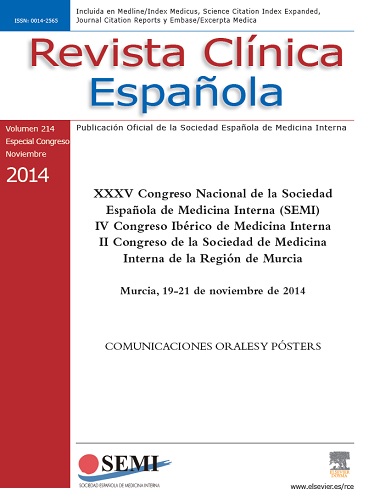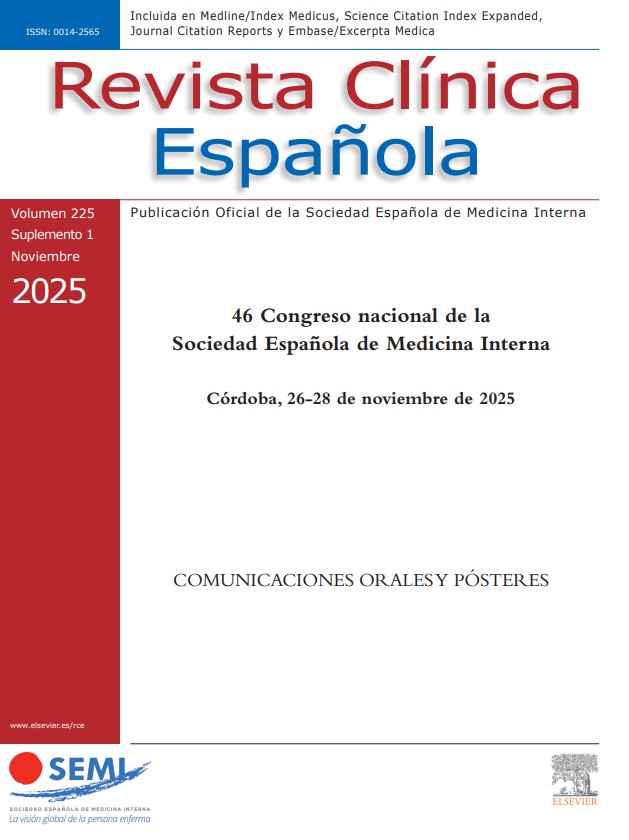I-99. - TUBERCULOUS PLEURAL EFFUSION: A RETROSPECTIVE ANALYSIS
Servicio de Medicina Interna. Centro Hospitalar do Baixo Vouga. Aveiro.
Objectives: To characterize patients with the diagnosis of tuberculous pleural effusion.
Methods: Observational descriptive analysis of all patients diagnosed with tuberculous pleural effusion between January, 2009 and December, 2013 according to the following: positive cultures for Mycobacterium tuberculosis of pleural effusion or pleural biopsy; Ziehl-Neelsen staining for acid-fast bacilli in pleural effusion; granulomatous inflammation in pleural effusion; positive polymerase chain reaction in either pleural effusion/pleural biopsy.
Results: Twenty-four patients were included, mainly male (75%) with a median age of 47 years [16; 93]. Pleuritic chest pain was the most common presenting symptom (42%) Unilateral pleural effusion was observed in 92%, with no significant side difference. All patients had exudative pleural effusions with a median pH value of 7.50 [7.15; 9]. Pleural adenosine deaminase median value was 93.85 UI/L [4.6; 223]. All patients performed thoracocentesis and pleural biopsy obtained by closed neddle biopsy (54%) and torachoscopy (46%) Ziehl-Neelsen staining was positive in only 4%. Cultures were positive in 58% (21% in pleural biopsy by thoracoscopy; 37% in pleural biopsy by neddle biopsy; 25% in pleural effusion) Polymerase chain reaction for Mycobacterium tuberculosis was performed in 96% and was positive in 22%.
Discussion: Torachoscopy allows targeted biopsy of suspicious lesions, providing a high diagnostic yield. Since tuberculous pleural effusion is a paucibacillary disease, we could expedite the diagnosis by using other diagnostic tests, such as polymerase chain reaction, allowing prompt anti-tuberculosis treatment. However there are false positive results, caused by DNA contamination or presence of nonviable organisms. This is true in intermediate/high incidence regions of tuberculosis where past history of tuberculosis is common. Relying only on pleural fluid analysis may lead to the underdiagnosis of tuberculous pleurisy.
Conclusions: Tuberculous pleural effusion díagnosis, despite the multiple tools available represented a challenge, since cultures were not always positive. Torachoscopy and closed needle biopsy seemed to provide similar diagnostic accuracy. The faster diagnostic methods (polymerase chain reaction) showed poor matchup with the classic methods. Indirect methods such as the adenosine deaminase presented a high variability, making it difficult to interpret.






